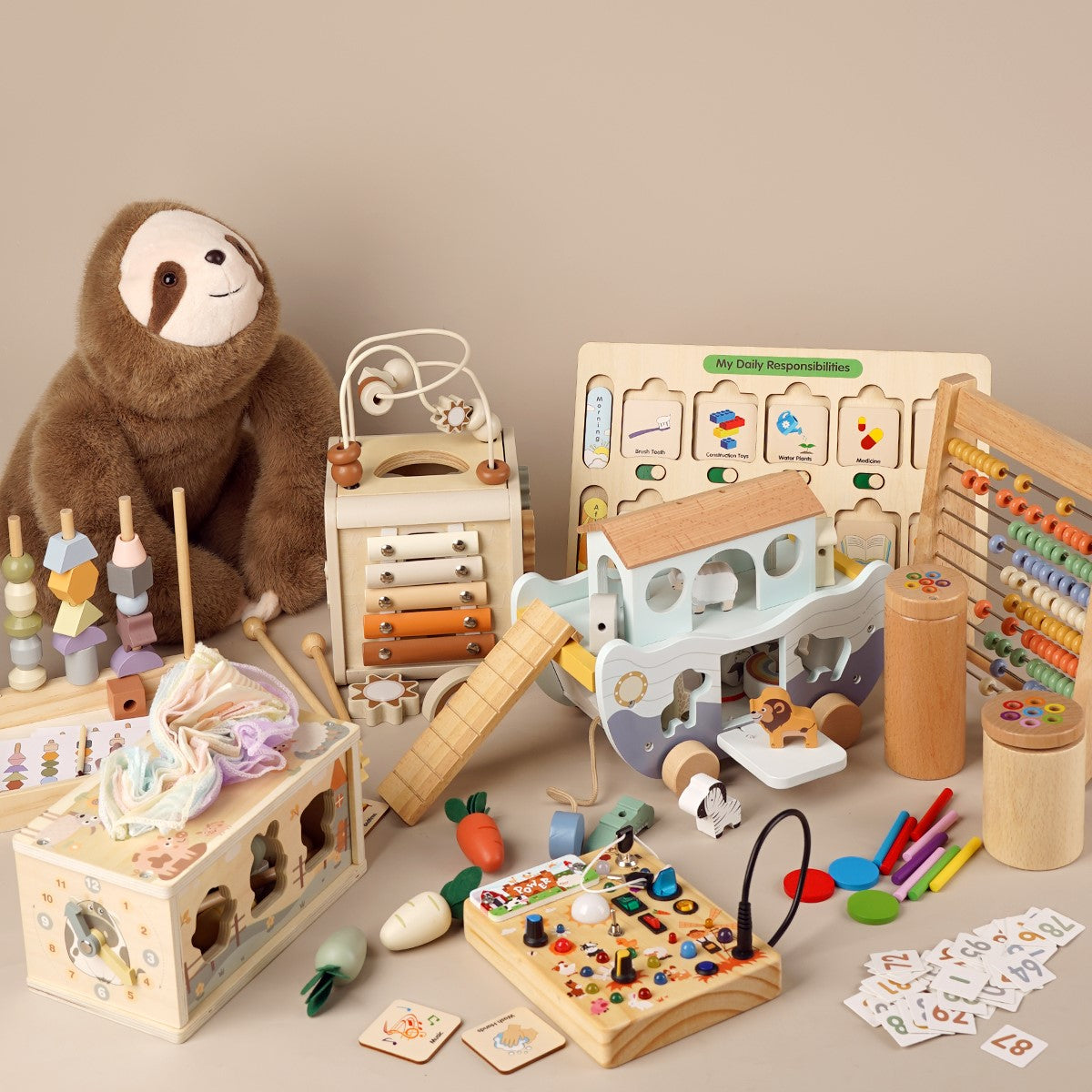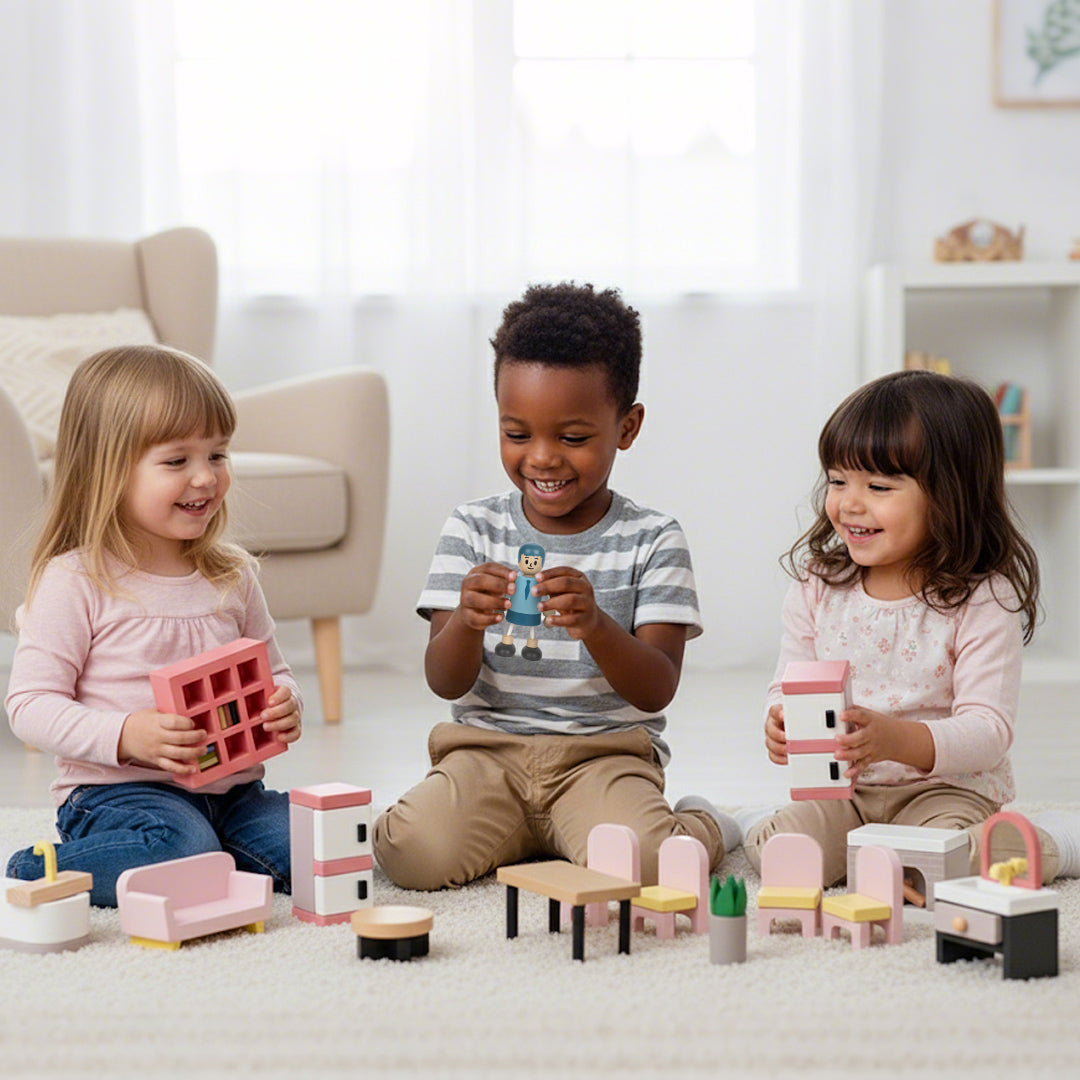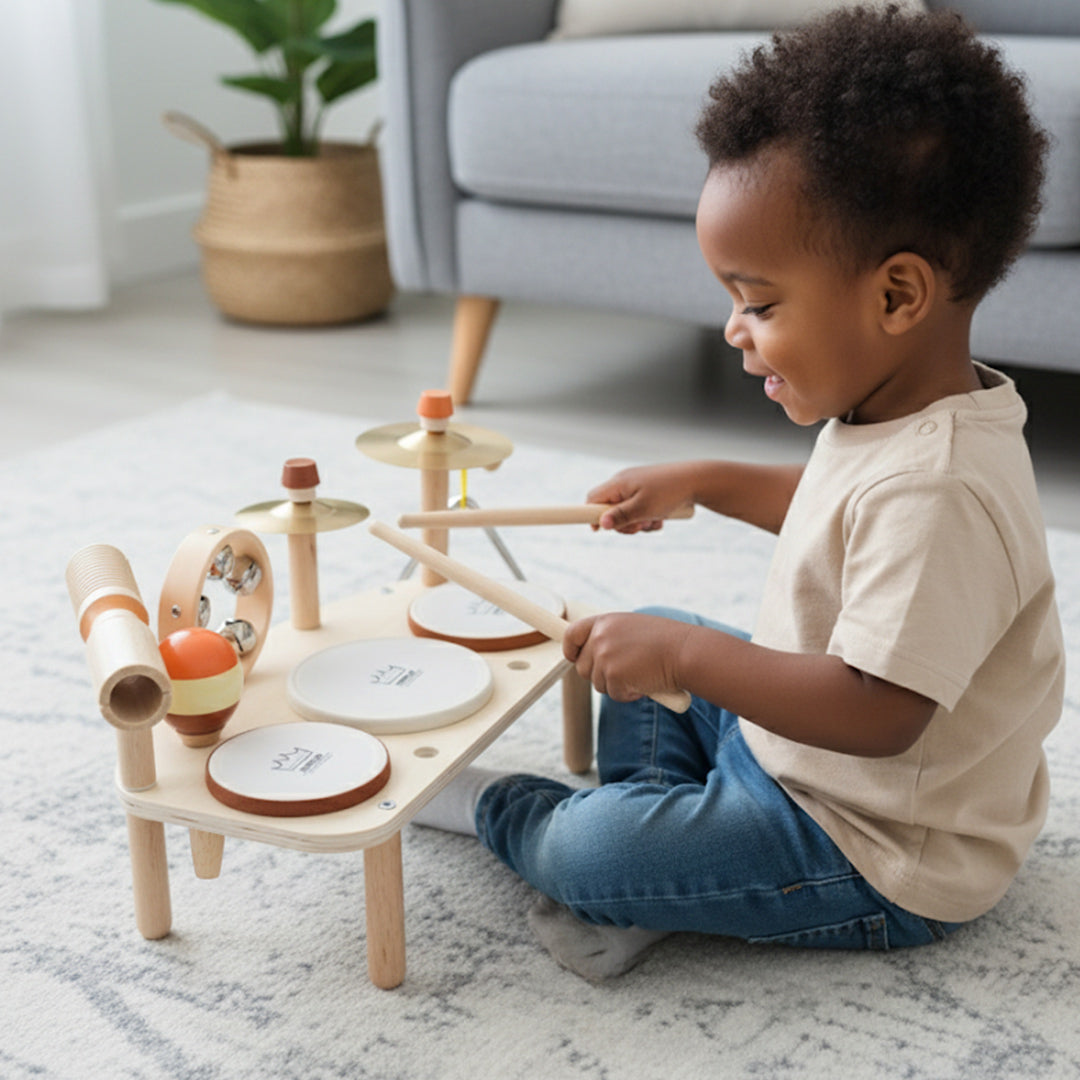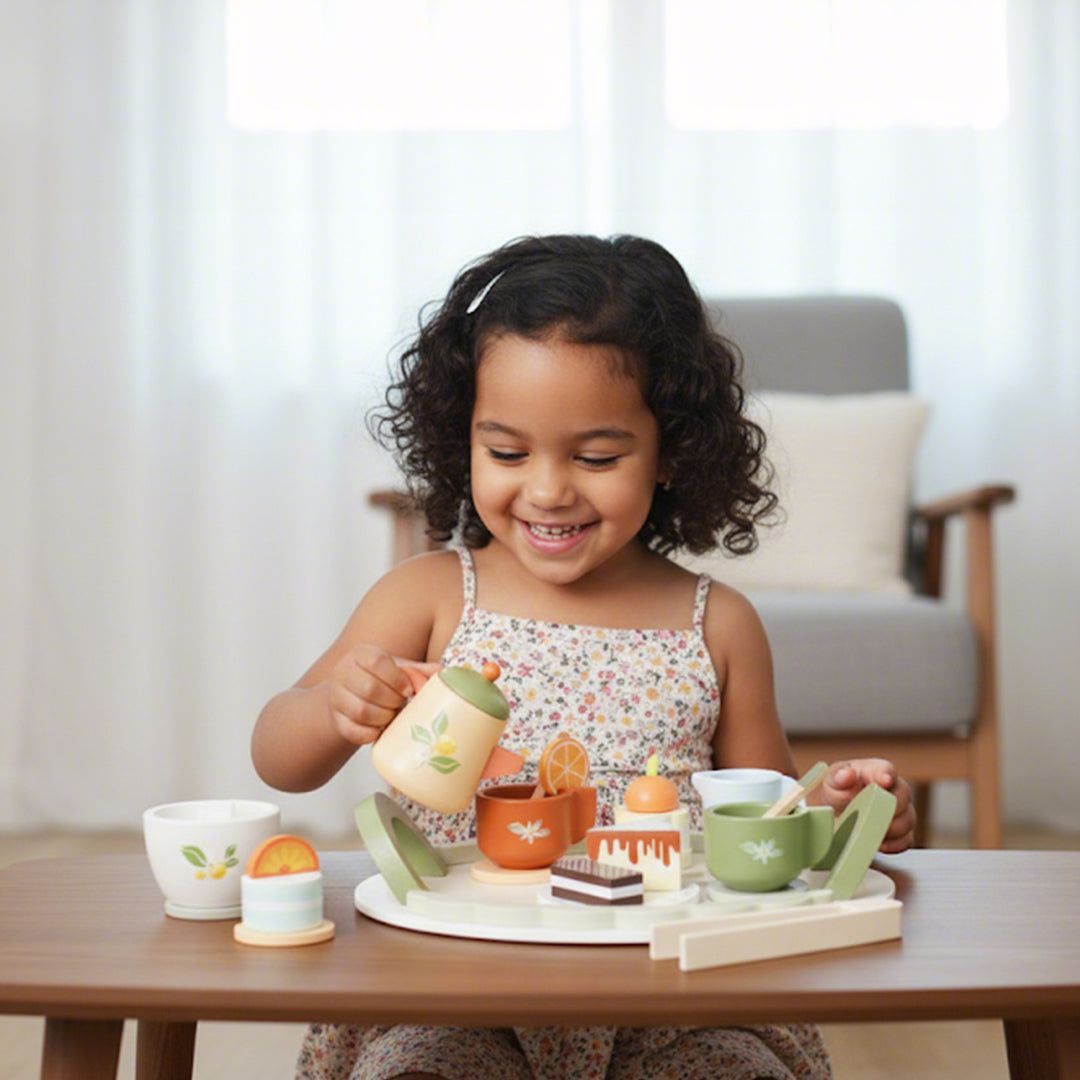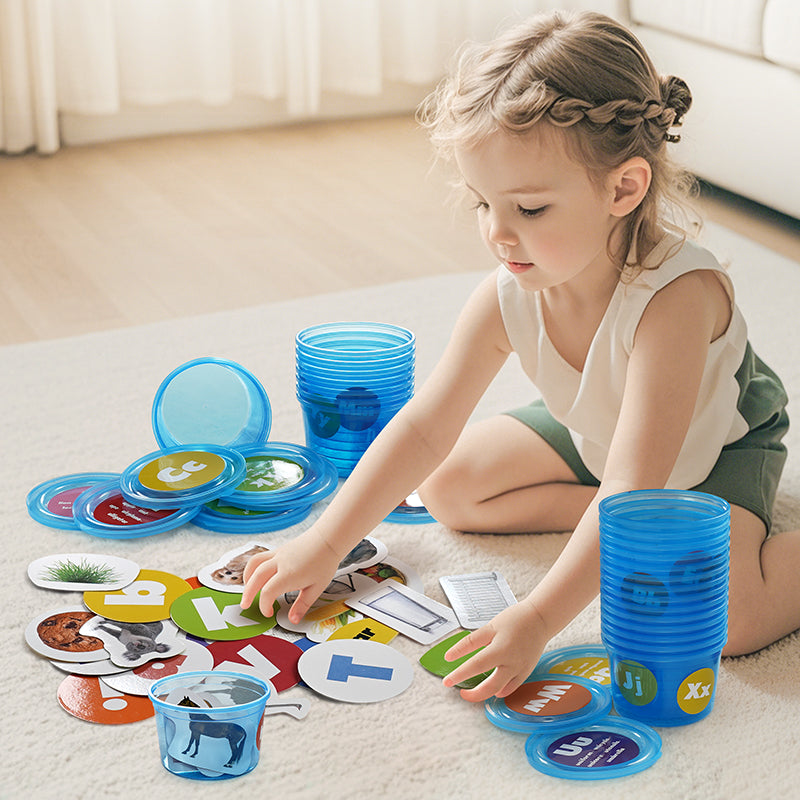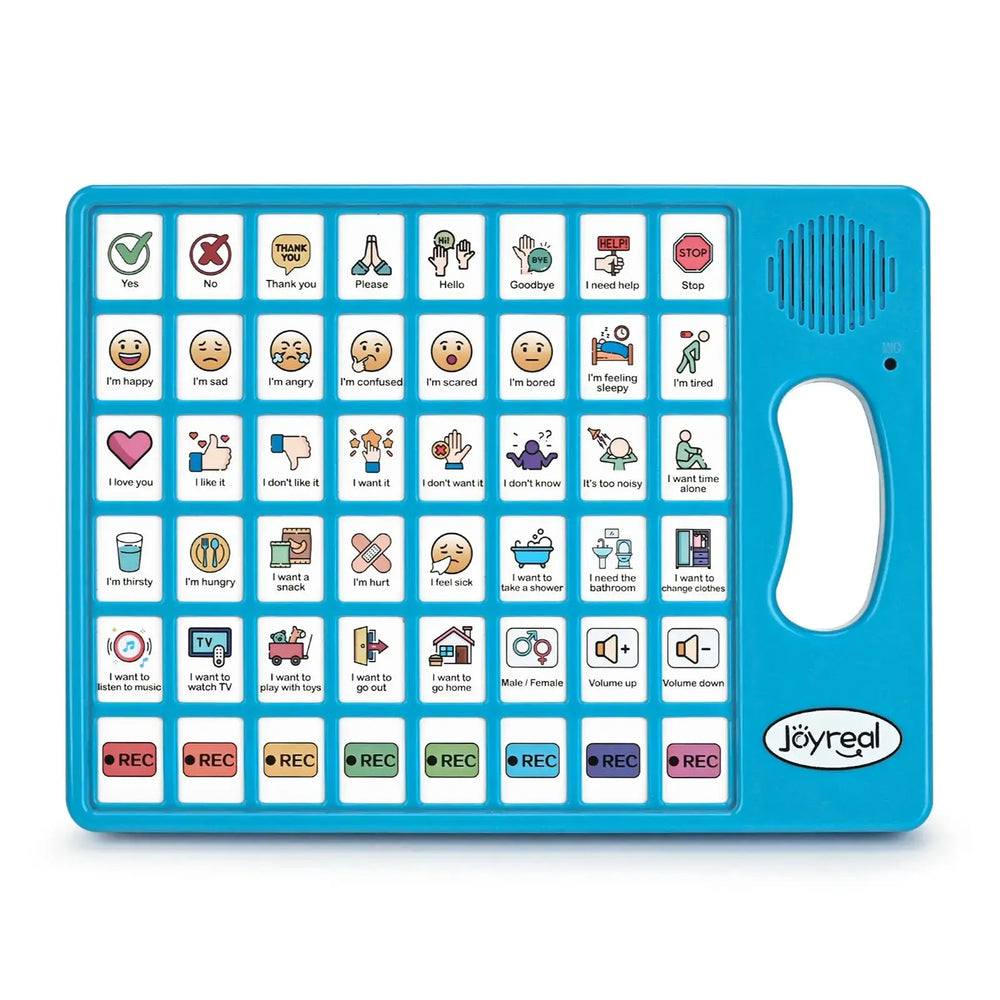Top Sensory Toys for Kids with Autism to Ease Daily Routines

Parenting a child with autism is a journey filled with love, resilience, and unique challenges. One of the most overwhelming experiences for parents is managing meltdowns and overstimulation. Unlike typical tantrums, meltdowns are not about misbehavior—they’re a child’s way of expressing that their senses and emotions have reached a breaking point.
For many parents, these moments can feel unpredictable, stressful, and emotionally draining. That’s where autism sensory toys come in. These specially designed tools are not just for play—they’re lifelines that help children regulate emotions, manage sensory input, and bring calm to stormy moments. More importantly, they give parents a practical way to provide comfort and reduce household stress.
Understanding Autism Sensory Needs
Children with autism often process sensory input differently from their peers. Everyday sounds, textures, lights, and even smells can feel overwhelming. This heightened sensitivity can make daily routines—such as waking up, eating meals, or preparing for bedtime—challenging.
What Are Sensory Toys for Kids?
Sensory toys are specially designed tools that provide controlled stimulation to one or more of the senses—touch, sight, sound, taste, smell, balance, and body awareness. For children with autism, these toys act as calming anchors, helping them regulate emotions, reduce stress, and manage sensory overload.
Common Sensory Challenges in Children with Autism
- Hypersensitivity: Overreacting to sensory input, such as loud noises or scratchy fabrics.
- Hyposensitivity: Under-reacting, where a child may seek stronger sensory stimulation.
- Difficulty with transitions: Shifting from one activity to another can be stressful.
- Struggles with focus: Sensory overload often makes concentration difficult.
Understanding Meltdowns and Overstimulation in Autism
What Causes Meltdowns?
Meltdowns in children with autism are often triggered by overwhelming environments, sudden changes in routine, or difficulty expressing emotions. Unlike tantrums, a meltdown is not a choice—it’s the body’s reaction to sensory overload. For parents, it’s heartbreaking to witness, especially in public or during family activities.
The Role of Sensory Overload
Children with autism process sensory input in unique ways. A buzzing light, crowded space, or itchy clothing may feel unbearable. When the brain receives too much sensory input, it becomes overloaded—leading to stress, anxiety, and ultimately a meltdown.
For parents, recognizing that meltdowns are responses to overstimulation—not misbehavior—is key. This understanding lays the foundation for using tools like sensory toys for kids to help them cope.
Why Sensory Toys Work for Kids with Autism
Science Behind Sensory Regulation
Sensory toys are designed to engage the senses in a controlled, purposeful way. By doing so, they help children regulate how their brain processes incoming information. Studies show that when children use sensory tools, they have fewer meltdowns, improved focus, and stronger coping skills.
How Sensory Toys Provide Comfort and Focus
- Fidget Toys and Sensory Seeking Toys for Focus and Calm
Help children redirect energy, reduce anxiety, and stay engaged during tasks. These are especially useful for kids who constantly move, tap, or fidget.
- Weighted Blankets and Lap Pads for Comfort
Offer deep pressure stimulation that soothes and relaxes, making them a bedtime favorite for many families.
- Chew Toys for Oral Sensory Input
Provide safe, durable options for kids who chew to self-soothe—preventing damage to clothing, pencils, or unsafe objects.
- Sensory Vibrating Pillow and Textured Items
Improve tactile awareness while offering gentle vibration to relax tense muscles and reduce sensory overload.
- AAC Communication Devices as Support Tools
Though not sensory toys, AAC devices play a crucial role in reducing frustration by giving children an outlet to express their needs—helping parents better understand triggers for overstimulation or meltdowns.
For parents, these toys are not just playthings—they’re practical strategies that turn chaos into calm.
The Role of Autism Sensory Toys in Daily Life
Benefits for Families
- Reduces stress and meltdowns
- Improves focus during learning
- Eases transitions between activities
- Encourages independent coping skills
- Supports better sleep routines
How Parents Can Introduce Sensory Toys into Daily Routines
Morning Routines: Starting the Day Calmly
- Use a lap pad during breakfast to ease transitions.
- Provide a fidget toy or other sensory seeking toys before school prep to reduce anxiety.
Mealtime Routines: Reducing Anxiety and Stress
- Introduce Chew Toys before meals to help with oral sensitivities.
- Use a sensory cushion or AAC communication devices so children can express preferences and feel more in control at the table.
Homework and Study Time: Improving Focus
- Stress balls, fidgets, or sensory seeking toys keep hands busy and boost concentration.
- Noise-canceling headphones minimize distractions.
Bedtime Routines: Encouraging Relaxation and Better Sleep
- Weighted blankets reduce bedtime anxiety by creating a sense of calm.
- A Sensory Vibrating Pillow and soft-textured toys provide comfort, making it easier for children to drift into restful sleep.
Tips for Choosing the Right Sensory Toys
- Match your child’s needs: Some kids need calming tools, others need stimulating ones.
- Check safety and durability: Choose non-toxic, chew-safe, and sturdy toys.
- Pick age-appropriate items: Younger kids enjoy bright textures; older kids may prefer subtle fidgets.
Parent-Child Bonding Through Sensory Play
- Encouraging Communication: Sensory play can spark natural interactions and language.
- Building Trust and Security: Using sensory toys shows children they are understood and supported.
Conclusion: Empowering Parents with Sensory Tools
Autism sensory toys do more than entertain—they help children self-regulate, reduce overstimulation, and transition smoothly through daily routines. They also provide parents with reliable tools to manage meltdowns with confidence. By weaving these toys into everyday life, families can experience calmer mornings, easier mealtimes, focused study sessions, and restful nights—all while strengthening bonds of trust and love.
Maybe it will be helpful for you:
Recent Post

What Finally Helped My Toddler Speak Up?
If you’re a toddler mom, you already know how much emotional weight...

Joyreal Christmas Toys Deals 2025
Enjoy instant savings across nearly every category, from early lear...

How Wooden Montessori Toys Support a Sustainable Childhood
Most parents don’t say it out loud, but many feel the same quiet fr...

Top Christmas Gifts to Help Kids Communicate Better This Holiday Season
The holiday season brings joy, family bonding, and endless opportun...

How to Make DIY Printable Communication Boards
Communication is at the heart of every child’s development — and fo...

Top 5 Christmas Gifts That Bring Families Closer (2025 Guide)
Christmas isn’t just about the gifts — it’s about the moments we c...

Top Musical Christmas Gifts for Toddlers & Preschoolers 2025
Why Musical Gifts Are Perfect for Toddlers and Preschoolers Music h...

Joyreal AAC Devices Wholesale Partner
In today’s educational and therapeutic environments, speech therapi...

Joyreal AAC Device – Big Sale for Autism & Speech
Every Voice Deserves to Be Heard Imagine your child looking up at y...

How to Choose Safe & Educational Toys for Christmas 2025
When “Just a Toy” Means So Much More If you’re a parent, you know t...
